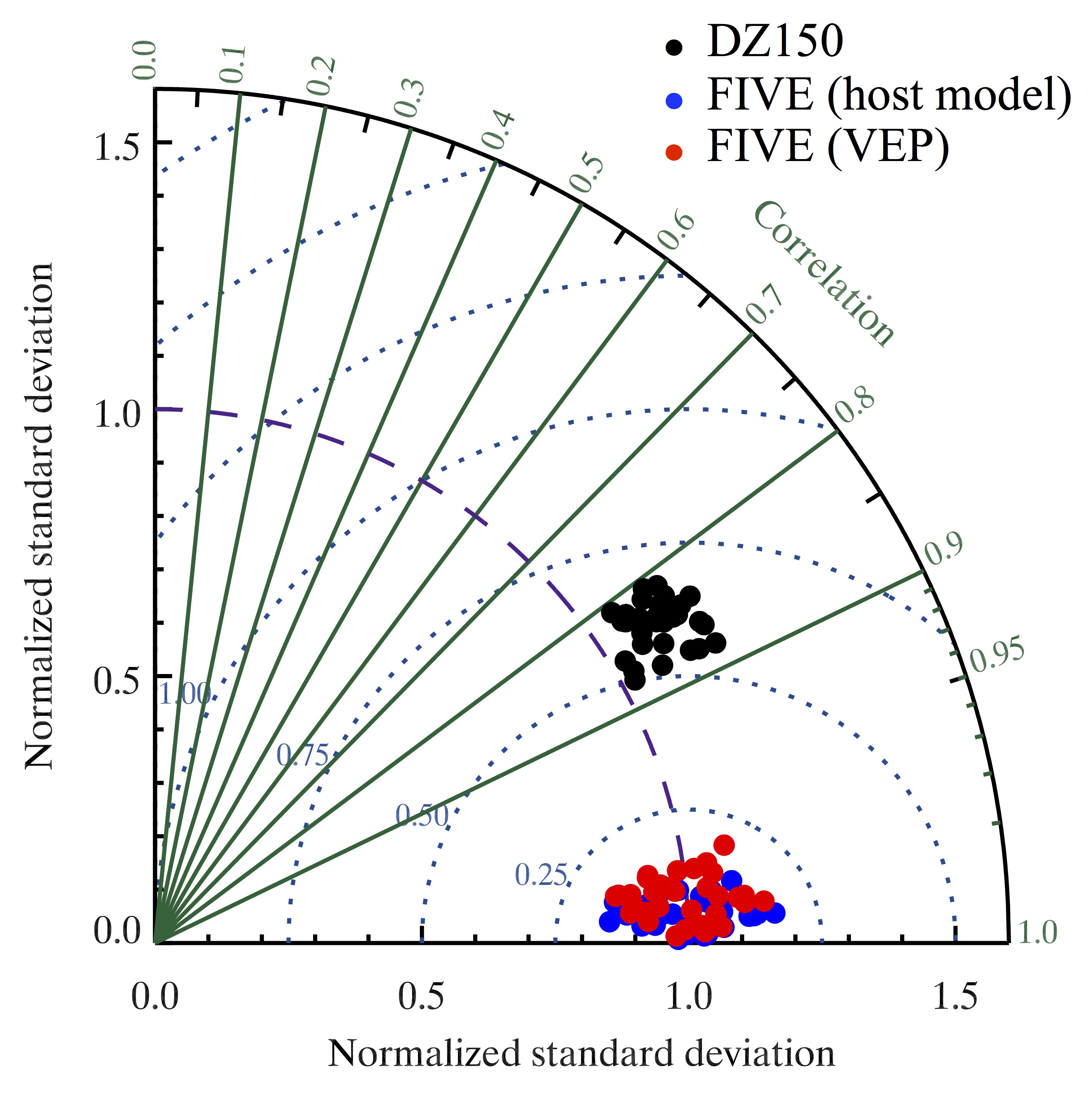New computational framework to dramatically improve layered clouds in large-scale atmospheric models
Submitter:
Yamaguchi, Takanobu — CIRES, Unviersity of Colorado and NOAA ESRL
Feingold, Graham — NOAA Earth System Research Laboratory
Area of research:
General Circulation and Single Column Models/Parameterizations
Journal Reference:
Science
Atmospheric models, including both weather forecast and global climate models, often have difficulty representing cloud and precipitation processes. For instance, little progress has been made in the multi-model ensemble biases for shortwave cloud radiative effects in the boundary-layer clouds since the Coupled Model Intercomparison Project, or CMIP3.
To ameliorate this problem, modeling efforts tend to increase horizontal resolution in existing large-scale atmospheric models such as DOE’s Accelerated Climate Model for Energy (ACME). A relatively overlooked aspect is the vertical resolution. Recent studies have shown improved representation of low clouds when a turbulence parameterization is employed in a high-vertical-resolution model. Poor vertical resolution is currently limiting the ability to maximize the benefit of the unified schemes.
Motivated by the sensitivity of turbulence parameterizations to vertical resolution, an innovative new methodology has been developed to improve the representation of clouds and precipitation using an adaptive vertical grid that temporarily and locally provides high vertical resolution for calculation of parameterized convection and cloud processes. We refer to it as the Framework for Improvement by Vertical Enhancement (FIVE). Tests of the method in a regional model show remarkably good representation of low-level clouds compared to benchmark results.
Impact
FIVE is a novel type of adaptive vertical mesh refinement, in which high vertical resolution is only applied for selected processes, and over limited height intervals. FIVE is a computational framework with built-in flexibility and works with any parameterization.
Separate from the host model, FIVE allocates prognostic variables on an additional vertical grid in each grid column that has locally high resolution for a boundary-layer region, and predicts them by computing selected one-dimensional processes, such as microphysics, radiation, turbulence, and/or vertical advection, on the locally high-resolution grid as well as applying interpolated tendencies from the host model for other processes (first illustration). The embedded process calculation as well as prediction on the locally high-resolution grid is called Vertically Enhanced Physics (VEP).
FIVE has strong potential to successfully simulate low clouds. FIVE was tested by simulating a drizzling stratocumulus in a two-dimensional regional model configuration (512 km domain size, 16 km horizontal grid spacing). Two reference simulations, DZ30 and DZ150, were performed with 30 m and 150 m vertical grid spacings, respectively. A FIVE simulation is set up with a vertical grid spacing of 150 m for the host model and 30 m for the high-resolution VEP. VEP computes microphysics, radiation, turbulence, and vertical advection. FIVE, when implemented in a coarse 150 m vertical grid, agrees remarkably well with the finer DZ30 results by successfully reproducing the DZ30 profiles for all columns (second illustration). This agreement is also true for most of the rain water profiles. The strong agreement between FIVE and DZ30 illustrates the success of the method.
Summary
A novel computational approach to advance representation of layered clouds in large-scale atmospheric models through vertical mesh refinement has been developed. Regional model simulations for drizzling stratocumulus show remarkable improvement when FIVE is used. FIVE is also expected to improve the representation of mixed-phase arctic stratus and high cirrus clouds. The methodology will be demonstrated in regional climate model simulations in the near future.


